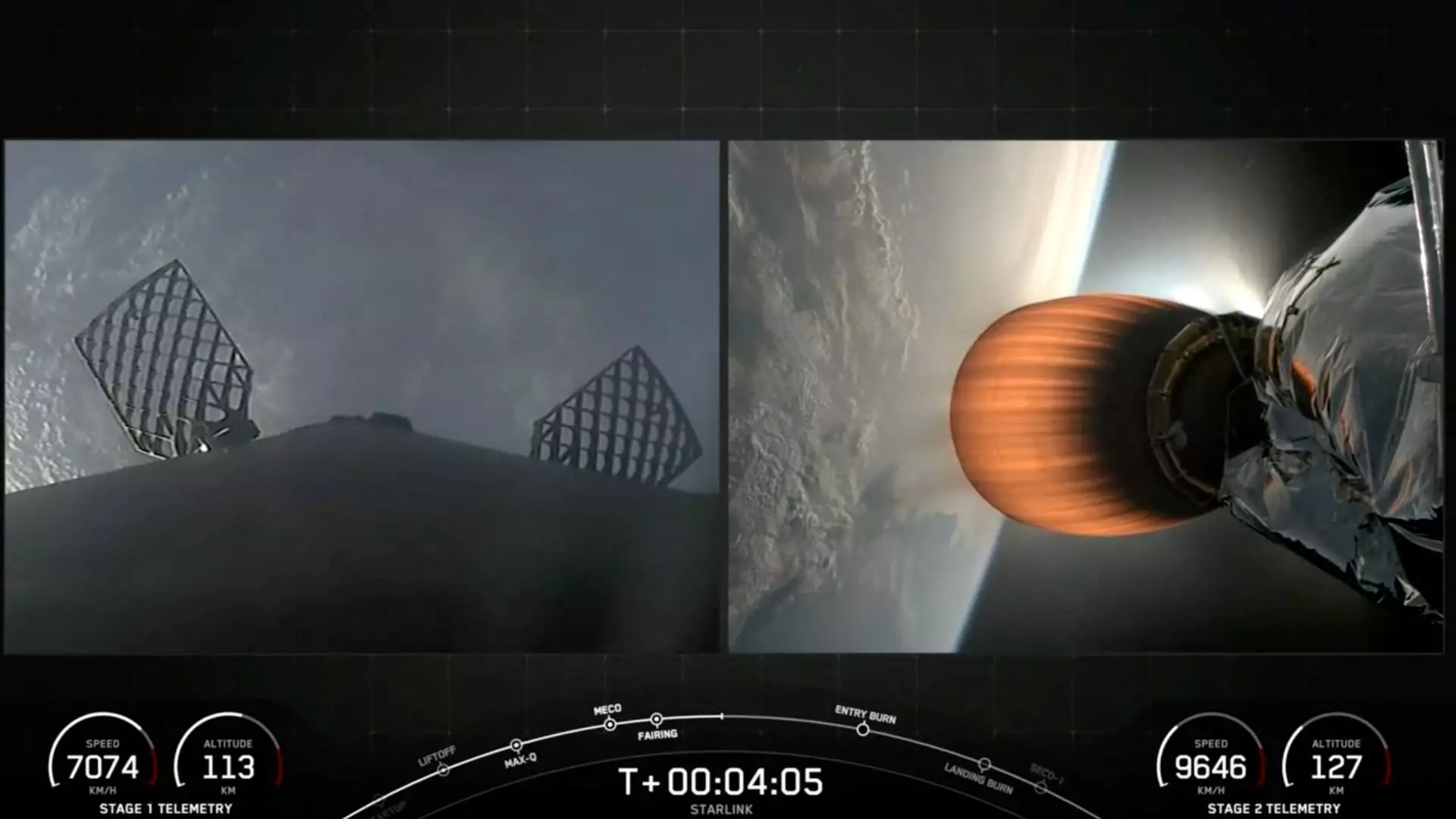The recent incident involving SpaceX’s Falcon 9 rocket has left the company grounded as they conduct a thorough investigation into what went wrong. The mission, labeled “Starlink Group 9-3,” saw the rocket successfully launch from California’s Vandenberg Space Force Base. However, the upper second stage of the rocket failed to reignite its engine as planned, resulting in a destructive event known as a “rapid unscheduled disassembly.”
SpaceX CEO Elon Musk confirmed that the engine failure was due to a leak of liquid oxygen in the second stage. This unexpected turn of events has led to the Falcon 9 rocket being grounded until the Federal Aviation Administration (FAA) approves SpaceX’s investigation report. The FAA will closely monitor every step of the investigation process and evaluate any corrective actions proposed by SpaceX before clearing the Falcon 9 for future launches.
The incident is expected to cause delays in upcoming launches, including two crewed missions: the private Polaris Dawn and NASA’s Crew-9. Despite the failure of the second stage engine, SpaceX managed to deploy 20 Starlink satellites into orbit. However, due to the lower than intended orbit, the satellites will not be recovered and are projected to re-enter the Earth’s atmosphere, burning up in the process.
Falcon 9 has been a cornerstone of SpaceX’s success, boasting an impressive track record of more than 300 consecutive successful orbital launches. The rocket had not faced an inflight failure since June 2015, during the NASA cargo mission CRS-7. With a total of 354 missions to orbit, Falcon 9 has demonstrated its reliability through successful landings and the reuse of rocket boosters more than 280 times.
While this incident serves as a setback for SpaceX and the Falcon 9 rocket, it is crucial for the company to conduct a thorough investigation to identify the root cause of the failure and implement necessary corrective measures. SpaceX’s commitment to safety and continuous improvement will be key in ensuring the resumption of successful launches in the future.


Leave a Reply